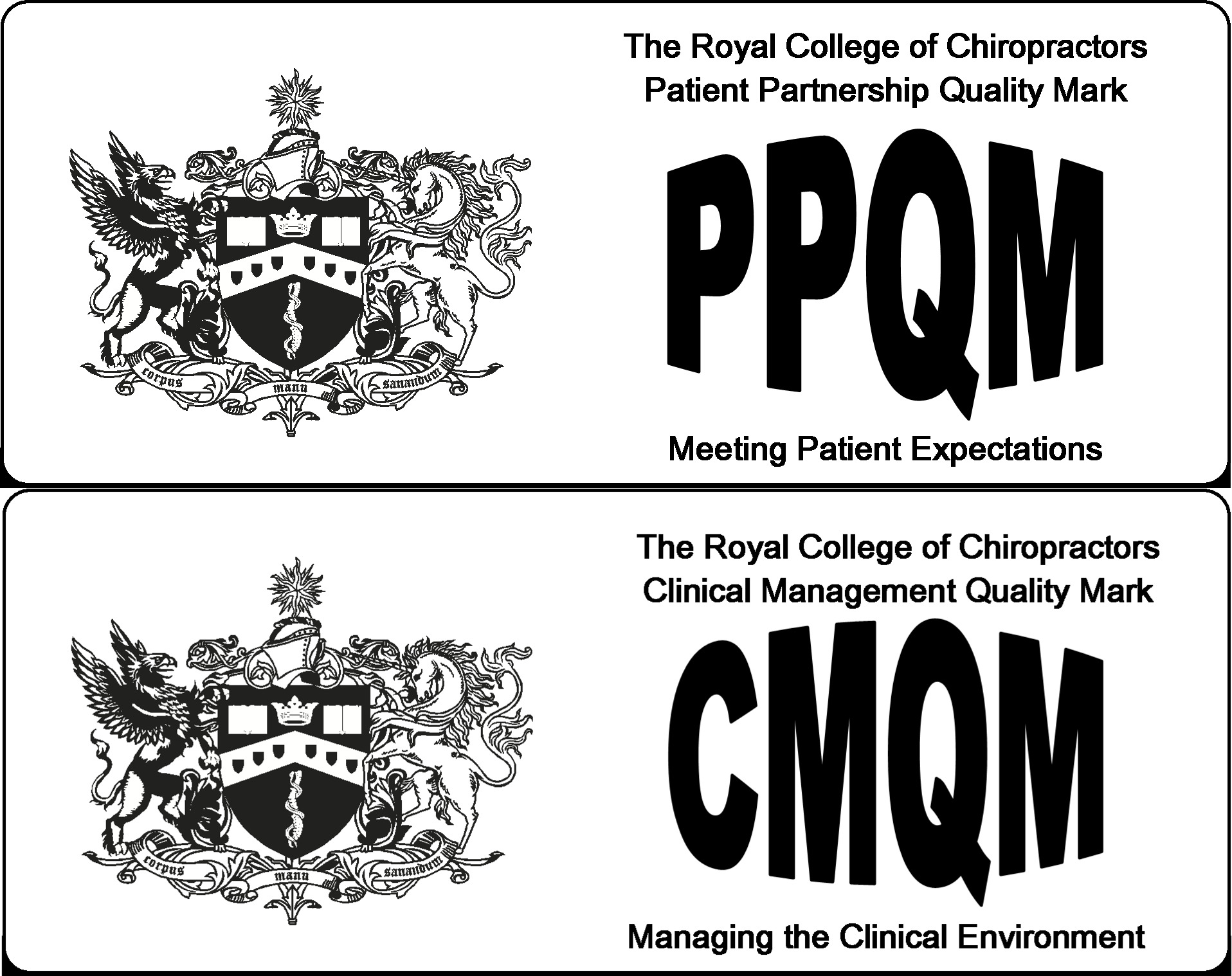The hips are extremely important. They help keep your body upright, let you carry weight, run, kick, play, jump, walk, and more. They’re basically a pivotal, load-bearing point in the body. They come to use in almost every single daily activity you engage in, which is why having hip pain can feel quite crippling.
Though hip pain is commonly a result of injury or osteoarthritis, it can also be caused by other health conditions. That’s why you must never ignore hip pain. Visiting a chiropractor can help you greatly, as they focus on the source of your hip pain rather than just the superficial treatment of symptoms. They can develop a tailor-fit plan for your condition specifically.
Here at Amersham Chiropractic Centre, we believe in educating our audience as well as treating them. This is why we’ve put together this article to help you understand the causes of hip pain and how chiropractic treatment can help.
Common Causes of Hip Pain
1. Inflammation:
Hip pain can be caused by structures within the hip joint or by structures and ligaments that surround the joint. There is limited space within the joint for the femoral head to move in the acetabulum socket. If an injury or illness causes inflammation, this space can easily become filled with fluid or blood, resulting in pain. Bursitis, or inflammation of the sac outside of the hip, can also cause pain. Bursitis is frequently caused by minor trauma as well as overuse.
2. Inflammatory Diseases & Osteoarthritis:
Osteoarthritis tends to be the most common cause of hip pain in older adults. It is characterised by a cycle of progressive cartilage loss and joint degeneration. Although there is no “cure” for this degenerative disease, there are ways to slow its progression and keep symptoms from worsening. Other inflammatory diseases that can cause hip pain include inflammatory bowel disease, rheumatoid arthritis and spinal inflammation (spondylitis).
3. Injury & Overuse:
Arthritis and inflammation can be caused by excessive wear and tear on the cartilage supporting the hip joint. Daily activities that put strain on the hip can also cause inflammation of the tendons, muscles, and ligaments that surround it. This type of pain may appear gradually over time.
4. Trauma:
More blatant than overuse injuries, hip and pelvic fractures and dislocations are easier to diagnose. This is owing to the fact that they are usually caused by direct trauma and can be detected on X-Rays. The combination of ageing, brittle bones, and poor balance makes elderly patients vulnerable to falls and hip fractures.
Even if no bones are broken, direct trauma can strain, sprain, or bruise the ligaments and muscles in the hip area. These injuries can still cause severe pain.
5. “Referred Pain”:
What patients describe as “hip pain” may actually be caused by another part of the body. Some patients who complain of lower back and hip pain may be suffering from dysfunction of the sacroiliac joints, which connect the sacrum to the iliac bones. A hernia, which occurs when the abdominal wall is torn or weakened, can also cause pain in the groin and hip.
Sciatica, or inflammation or irritation of the sciatic nerve, is a common type of referred pain. This can be caused by conditions such as disc herniation, spinal degeneration, osteoarthritic spine narrowing, or Piriformis syndrome. Irritation of the nerve root can result in pain in the low back, buttocks, hips, and radiating leg pain.
How Can Chiropractic Help You?
A doctor of chiropractic can work to determine the source of your hip pain after performing a thorough physical examination and evaluating your family and personal history. A personalised treatment plan will be developed by your chiropractor, which may include chiropractic adjustments, posture advice, exercise therapy, stretching, coordination with other health practitioners, massage and other treatments. These treatments will aim to reduce inflammation, relax any existing muscle spasms, strengthen weakened muscles, and improve joint mobility.
Chiropractic adjustments can be extremely effective, depending on the root source of your hip pain.
Numerous studies have found that chiropractic adjustments are effective in treating sciatica, a frequent cause of hip and lower back pain. In a study comparing the effectiveness of chiropractic to surgery for sciatica, a large percentage of chiropractic patients with extreme sciatica had significantly improved symptoms, allowing them to avoid surgery. Case studies have also proved that chiropractic treatment can relieve pain associated with Piriformis syndrome and sacroiliac joint dysfunction, both of which frequently result in hip pain.
Chiropractic care has also helped some patients with hip osteoarthritis (HOA). In one particular research study, 83% of HOA patients improved after a series of chiropractic visits. Axial hip manipulation, stretching, and full kinetic chain treatment were all part of the treatment (manipulative therapy to the knee, spine, foot, or ankle appropriate).
Natural hip pain treatments can help patients avoid the costs and risks of surgery and drugs. To learn more about non-invasive hip pain relief, you can contact our chiropractors.
Conclusion
Now that you know more about the common causes of hip pain and how a chiropractor can help, you’re probably looking for a chiropractor near you. Look no further, Amersham Chiropractic Center is here for you. Book an appointment with us for a thorough examination of your hip pain and a personally-centred treatment plan. We’d love to assist you on your journey towards recovery!





